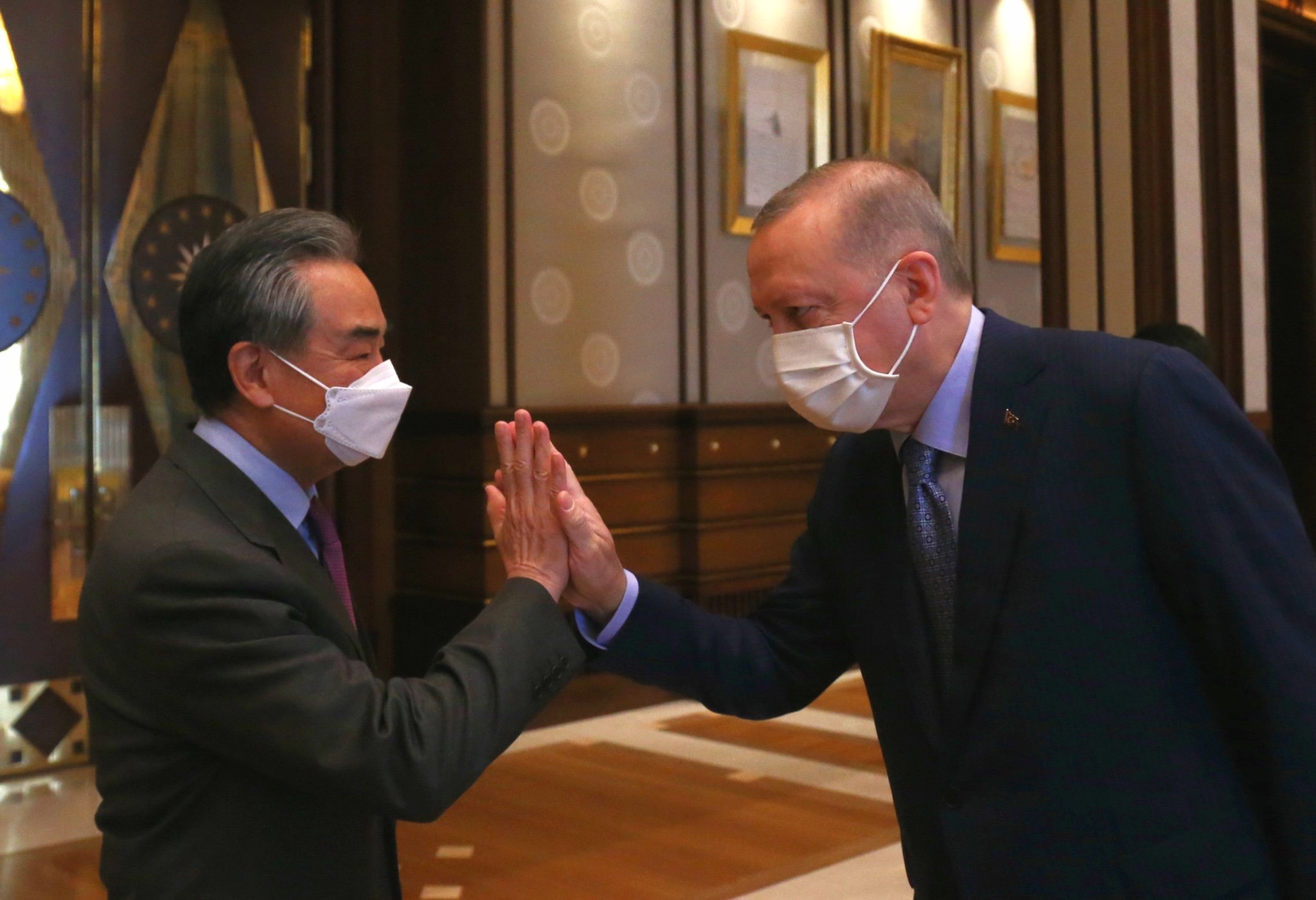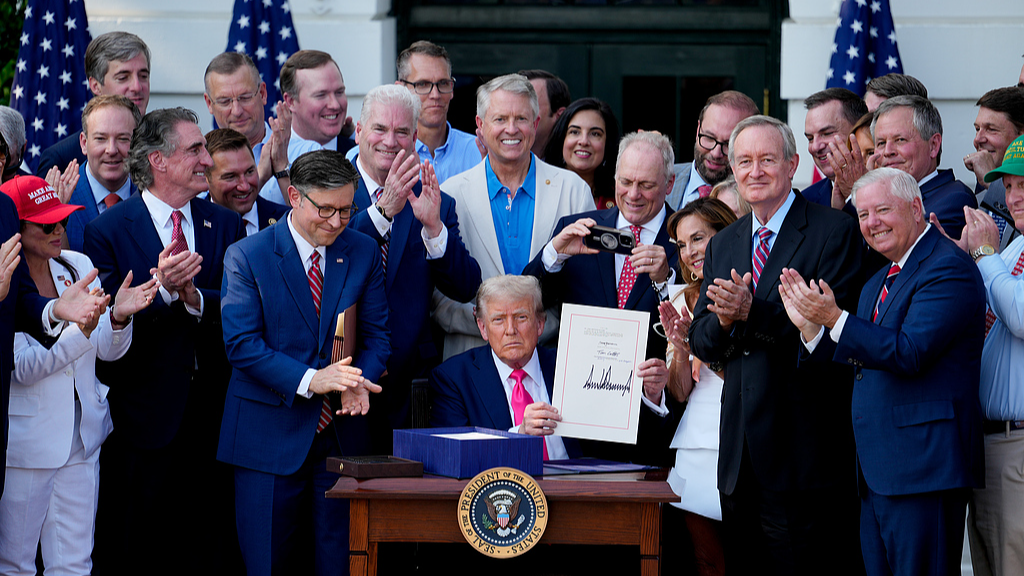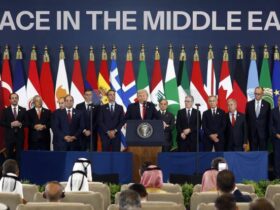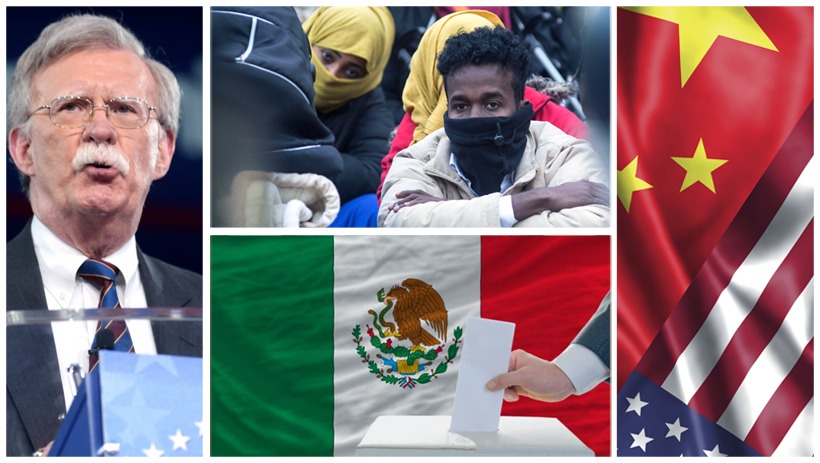Why the bill will fail.
Why the bill will fail.
By Fernando Esteche
The approval of “The One Big Beautiful Bill” by the US Congress in July 2025 reveals a fundamental paradox: the United States responds to its decline not with structural reforms, but with unprecedented militarization and domestic policies that deepen its internal contradictions.
The current situation reveals multiple fractures that go beyond traditional partisan polarization, manifesting in open conflicts between the federal executive branch and the states, tensions with the financial establishment. On top, a climate of social protest that Trump himself has described as a “rebellion”. These dynamics expose a political system in deep organizational crisis, where the traditional mechanisms of consensus and legitimacy have collapsed.
The militaristic response to decline is particularly evident today.
The $1.01 trillion allocation to the Pentagon represents a 13% increase over the previous year, setting a historical record for military spending. This astronomical figure should be viewed not as a symbol of strength, but as a manifestation of strategic weakness, especially when contextualized with current domestic tensions.
The deployment of 2,000 National Guard troops to Los Angeles to suppress pro-immigrant protests illustrates how militarization has shifted inward. Trump declared that attempts to obstruct immigration agents constituted “a form of rebellion against the authority of the United States government,” thus justifying the federalization of state troops against the will of Governor Newsom. This decision sets a dangerous precedent: for the first time in decades, the US military is being used directly against domestic civilian demonstrations.
Governor Newsom filed a lawsuit against Trump and the Department of Defense for “unlawful seizure” of the California National Guard unit, arguing that the unrest in Los Angeles “does not approach the level of a ‘rebellion’ beyond the ability of local and state authorities to control.” This legal confrontation represents an unprecedented crisis of the confederate compact over the powers of federal power.
Tensions with Democratic governors have escalated exponentially. The attorneys general of Oregon and Washington sued the federal government for sharing residents’ Medicaid (medical assistance) records with immigration officials, while a federal judge rejected the Trump administration’s request to end temporary deportation protections and work permits for approximately 521,000 Haitian immigrants. These legal battles reveal the fragmentation of the federal system and the institutional resistance to Trumpist policies.
At the same time, tensions with the “deep state” have reached critical levels. The most emblematic example is the escalating conflict with Federal Reserve Chairman Jerome Powell. Trump recently demanded Powell’s immediate resignation, declaring on Truth Social that “United States Federal Reserve Chairman Powell must resign immediately.” This confrontation transcends monetary policy differences, which exist and are profound, to become a direct clash with the institutional independence of the US financial system.
The conflict with Powell illustrates the fundamental paradox of the Trump crisis: while “The One Big Beautiful Bill” requires massive debt and monetary easing to fund his programs, Trump simultaneously attacks the institution charged with administering that policy. The threat of appointing a “shadow chairman” of the Fed represents a direct attack on the institutional architecture that has sustained American financial hegemony for decades.
Powell, with the backing of sectors of the deep state and enough independent wealth to fund his own legal challenges, has stated that he has no plans to leave office before his term ends in May of next year. This resistance from the financial establishment shows that the fractures go beyond traditional political polarization, reaching the very core of the economic power system.
The “Gold Dome,” the new missile shield receiving an initial $25 billion (with a projected cost of $175 billion), symbolizes the defensive mindset of a power that can no longer guarantee its security solely through offensive power projection. This system represents a tacit acknowledgment of vulnerability to rival powers.
The financial float of decline
The increase in the external debt ceiling by $5 trillion (taking it above $40 trillion) is perhaps the most revealing element of the decline of US hegemonic power. This measure, which raises the national debt to stratospherically unsustainable levels, demonstrates that the United States is financing its continued global hegemony through massive debt.
The Congressional Budget Office estimates that the debt could reach an additional $3.9 trillion, while Elon Musk projects $5 trillion. These figures do not represent productive investment, but rather the cost of maintaining an imperial structure that no longer generates sufficient economic surpluses to finance itself.
Elon Musk’s characterization of the “repulsive abomination” that led to his divorce from Trump doesn’t represent a total break with the techno-oligarchy, but rather a selective fracture within it. This distinction is crucial to understanding the complexity of the current technological power bloc.
JD Vance, the vice president, remains the main liaison to Silicon Valley. Vance, who has become a favorite of the Silicon Valley elite, has claimed that “the vice president (himself) is vouching for support for the tech industry and saying this administration is aligned with their interests.” His connection to Peter Thiel’s network, which includes both Vance and Musk, suggests that the break with Musk does not imply a systemic rupture.
OpenAI’s Sam Altman illustrates this selectivity. Altman, previously a vocal critic of Trump, is now involved with President Trump’s ‘Stargate’ AI initiative and has direct phone conversations with Trump about AI infrastructure. This alliance is particularly significant because Altman is in the middle of a heated legal battle with Tesla CEO Elon Musk, who even made an unsolicited offer to buy ChatGPT’s parent company, OpenAI, for $97.4 billion.
The Altman case reveals intra-oligarchic fractures. While Musk opposes “The One Big Beautiful Bill” for tax reasons that directly affect him by removing subsidies for the purchase of his electric cars, Altman actively collaborates with Trump on AI projects that directly benefit OpenAI. On his recent trip to Saudi Arabia, Trump brought with him AI entrepreneurs Sam Altman of OpenAI, Jensen Huang of Nvidia, Ruth Porat of Alphabet and Andy Jassy of Amazon, showing that tensions do not prevent cooperation on specific projects.
The split with Musk rather reflects a contradiction between different models of technological accumulation. Tesla, as an electric vehicle manufacturer, is directly impacted by the elimination of green tax credits. In contrast, AI companies like OpenAI, Nvidia, and platforms like Meta benefit from the deregulation policies and massive government contracts included in the bill.
During the debates on “The One Big Beautiful Bill,” cracks were widening among Republicans over a provision in the bill to block states from regulating artificial intelligence. Companies including Meta Platforms, Anduril, and Andreessen Horowitz lobbied in favor, showing that significant segments of the techno-oligarchy actively support the legislation Musk criticizes.
This fragmentation reveals that the techno-oligarchy is not a monolithic bloc, but rather a collection of factions with divergent interests. The Trump-Musk split expresses tensions between tech-manufacturing capital (Tesla, SpaceX) and tech-finance capital (AI, platforms, semiconductors), while Vance’s continued tenure as vice president ensures that the dominant faction in Silicon Valley retains its direct political influence.
The paradox of Trumpist industrialism allied with financial capital
This situation creates a fascinating theoretical and political paradox: Trump, who built his political narrative on criticism of financial globalism and the defense of American industrial production, ends up allying himself with the most financialized sectors of technological capital while distancing himself from the truly productive sectors.
The contradiction is evident: Musk represents real technological-productive capital (electric vehicle manufacturing, space rockets, telecommunications infrastructure), while Altman, the AI giants, and digital platforms represent fundamentally speculative and financialized forms of accumulation. The value of OpenAI, for example, is not based on tangible material production but on speculative expectations about future AI developments.
This paradox deepens when we consider that “The “One Big Beautiful Bill” directly favors the financialized fractions of tech capital through AI deregulation and massive government contracts, while penalizing the green manufacturing sector by eliminating EV tax credits. Trump, the supposed defender of “America First, “productive” ends up subsidizing technological speculation while discouraging advanced industrial production.
The explanation for this lies in the logic of hegemonic decline: faced with the inability to compete productively with China in advanced manufacturing sectors, American capital takes refuge in financial speculation and technological rents. AI companies and digital platforms generate enormous speculative profits without requiring the investment in fixed capital and productive capacity that real industrial competition demands.
Likewise, Trump’s change of course can be understood as the result of the defeat in his attempt to regain the power of the US industrial productive apparatus, with the minimal final impact his tariff policy had on the flow of global trade and a refuge for the most speculative and financialized sectors of economic power.
In this context, the break with Musk does not represent a betrayal of productivist principles, but rather their structural abandonment. Trump embraces financial-tech capital because it is the only fraction of American capital that can generate the resources necessary to finance imperial maintenance without facing direct competition with Chinese productive capacities.
The victory of financial globalism: the hegemonic paradox
The approval of “The “One Big Beautiful Bill” can be interpreted as the victory of the globalist financial sector, paradoxically embodied by its supposed historical antagonist: continentalist Trumpist industrialism. This apparent contradiction reveals a fundamental transformation in the nature of the American power bloc.
Gramsci allows us to understand this phenomenon: when a political project assumes power in conditions of hegemonic crisis, it is forced to adapt to existing material structures rather than transform them.
Trump came to power as an expression of anti-globalist productivism. But now, he finds himself trapped in a social formation where financialized accumulation is dominant. In that context, adopting a different strategy would threaten the global imperial financial oligarchy, which presented itself as the only viable one, but is no longer capable of maintaining imperial hegemony.
The passed law reveals how financial globalism has achieved such a complete structural victory that even its ideological opponents end up implementing its agenda. The $91.5 billion for border militarization, the $1.01 trillion for the Pentagon, and the massive technological deregulation do not represent productivist policies, but rather the deepening of the speculative-rentier logic that Trump supposedly fought.
This is particularly evident, as we have said, in the differential treatment of technological capital: while digital platforms and AI companies (fundamentally speculative and globalized sectors) receive deregulation and massive contracts, American green manufacturing (Tesla and the electric vehicle sector) loses subsidies. The “America First” becomes “First Financial-Speculative America”.
The deeper interpretation is that financial globalism has achieved such complete hegemony that it no longer needs explicit political representatives. It can even use its ideological opponents as vehicles to deepen its dominance. Trump unwittingly becomes the executor of the global financial agenda under the rhetoric of productive nationalism.
We must identify this phenomenon as “transformism”: the ability of the dominant bloc to absorb and neutralize its opponents by integrating them into its hegemonic project. Trumpian productivism becomes the ideological mask of advanced financialization, thus completing the structural victory of financial globalism through its own supposed antagonist.
The impact on everyday life: Precarization and polarization
The allocation of $91.5 billion for border infrastructure, including the expansion of the wall with Mexico and 100,000-bed detention centers, reveals the U.S. government’s inability to address the structural causes of migration. The hiring of 10,000 new ICE agents and the toughening of fines represents a punitive response that reflects the breakdown of internal social cohesion.
This border militarization consumes resources that could be allocated to productive investment, education, or civilian infrastructure, perpetuating the cycle of economic decline.
Congressional Budget Office projections indicate that more than 10 million additional people could be uninsured by 2034. This figure represents not only a humanitarian crisis, but also the systematic erosion of the social contract that sustained the legitimacy of the American political system for decades.
The elimination of the $7,500 tax credit for electric vehicles starting in September 2025 has a direct impact on the energy transition and the purchasing power of the middle classes. Paradoxically, while China is rapidly advancing in green technologies, the United States is defunding its own technological development.
The $1,000 “Trump Accounts” for newborns, while seemingly populist, represent a paltry sum compared to massive military spending, highlighting the distorted priorities of the declining state.
The impact on the daily lives of Americans will be devastating: increased precarization, deterioration of public services, and social polarization. These effects, in turn, will undermine the internal legitimacy of the system, completing the cycle of hegemonic decline that “The “One Big Beautiful Bill” was intended to counter.

















Leave a Reply